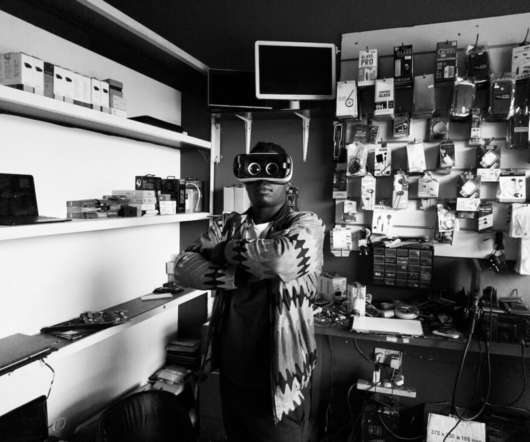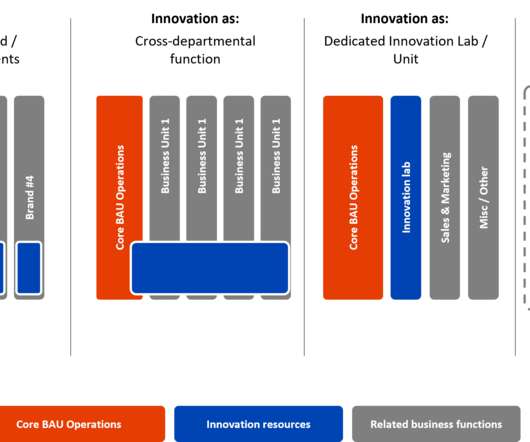The Future of Design Thinking: Integrating Artificial Intelligence for Success
Leapfrogging
FEBRUARY 28, 2024
Embracing the Evolution: AI Meets Design Thinking The intersection of artificial intelligence and design thinking is poised to redefine the landscape of innovation and strategy. What is Design Thinking?




























Let's personalize your content